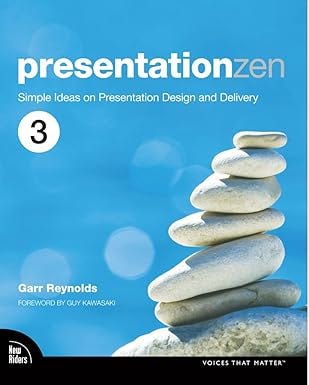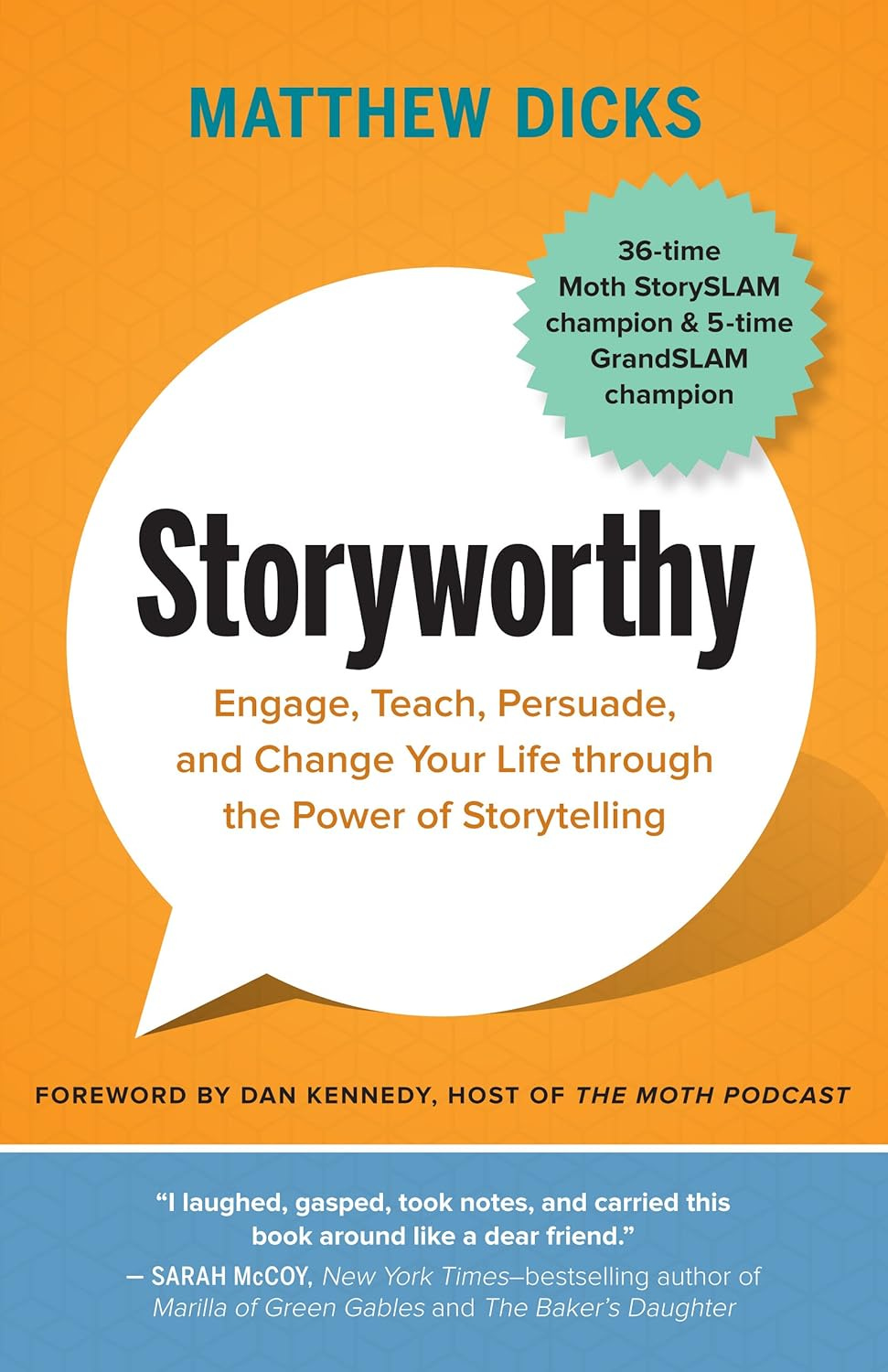I was shaking from the butterflies in my tummy when I stepped out of the VP of Engineering’s office, having just volunteered for something that a mere 20 minutes before I was told I suck at.
I was trying to get into product management at the time, and the CPO had just told me I need to improve my public speaking if I’m to have any chance. Without those skills, which apparently I lacked, he told me I could never be a good product manager.
I thanked him, turned around, marched straight into the VP of Engineering office, and asked for half an hour in the upcoming all-hands developers’ conference for the company. He said sure, great idea. I walked out knowing I had three weeks to learn not just how to not embarrass myself, but to get so good at it I’ll wow the CPO enough to break into the Product team.

Those next weeks were hectic. I read through Presentation Zen, a book I still recommend to people (most recently on a CPO forum, when a fellow asked how to get his team to improve their internal communications skills). That book had a fundamental impact on how I think about public speaking in general, not just formal presentations at large events or even to small teams.
I also spent nights unlearning and relearning everything I knew about presentation software, trying to get Apple Keynote to do just the right level of eye-catching that stops short of garishness. May I remind you, I’m not a designer — I know good design when I see one, but come up with one? Heck no. So I was working and reworking the slide-deck even as I was reading Presentation Zen and learning to see all the mistakes I’ve done so far.
Add to that that the presentation had a specific topic, for which I needed to retrieve, massage, and analyse data. So a lot of digging, scripting, and spreadsheet-fu to slide and dice the raw data into information, from which I then needed to extract insights and elevate it into knowledge and intelligence. All to make a point which I wasn’t even sure about what it could be I volunteered.
To say those three weeks were stressful and overworked is an understatement. I don’t think I’ll ever forget that moment my name was called and I stepped to the podium.
Years later, I started writing fiction. That was another one of those learn-by-doing, where I just started writing, then learnt to work with editors (talk about putting your ego aside! in order to get better, I pay people to rip my work apart and point out everything wrong with it), and read professional literature. It made me read novels critically (which was annoying at first, until I learnt to reconcile observing technical mistakes and things that would be better while still enjoying reading). It also helped me understand stories better, and how to tell them both in fiction and in work-related scenarios.
I still do that. Reading books about writing-craft, I mean, as well as thinking in stories whenever I design a slide-deck. Just like that first presentation, or indeed my full-length novels, I don’t always know the story when I start. Sometimes I need to discover that moment of truth, that overarching main message, and I can only do so by first writing and then editing the story to perfection. It worked for me back when I was doing that first presentation to all the developers in the company’s engineering department, and has since helped me improve many presentations at work. I just no longer have to spend three weeks’ of sleepless nights when I’m building an important slide-deck.
One writing-craft book I read recently and would recommend, is Stroryworthy: Engage, Teach, Persuade, and Change Your Life through the Power of Storytelling, by Matthew Dicks. This is the original, though I note he has released a more business-focused updated version last year, titled Stories Sell: Storyworthy Strategies to Grow Your Business and Brand. From what I’ve skimmed, it’s largely similar content.
Storyworthy is a very easy-to-read book, filled with stories and anecdotes from Dicks' life that helps explain his take on storytelling. Dicks takes you through recognising moments in your life that could make a good story (and indeed, what makes a good story), and then how to polish and deliver them. He guides you from the essence of stories, the impact they may have, and some of the techniques he uses to polish them and ensure they are engaging and the most impactful they could be.
That said, Dicks focuses on telling real stories, anecdotes out of his own life that help illustrate the point. The reality and personal angle are important to generate authenticity and empathy in the listeners (and thus deliver the message to an engaged audience). While he uses these stories in both storytelling competitions and in the classroom, you'll need to take a critical eye and extrapolate some of the advice when applying to work-related material.
Also, as Dicks insists the stories must be real to be authentic and engaging, this type of storytelling requires intense vulnerability and willingness to share. The main technique that Dicks recommends in finding such worthy anecdotes to turn into full stories is a form of journaling, and much goes about how this and the openness in telling being almost a form of therapy. This may work for you, but for others like me (intensely private people), this may be daunting.
It’s not always applicable to business messaging either, but is certainly helpful when using a personal story to connect with audience and build engagement. As an example, did you like the story above about my first presentation skills? Did it get you to keep reading till here?
Speaking of which, that presentation ended up going well. It took me a slide or two to get in stride, and I improvised some theatrics which now I can pretend to have been intentional but were purely nervousness on the day (lack of a laser pointer made me prance around in front of the projections too much). Even though much of that didn’t work nearly as well when I was called to give the same presentation to the CEO, I realised that day that I might not be as introverted and suck at talking to people as much as I thought I did.
If you’re interested in improving your, or your teams’, communication skills, I strongly recommend these two books. They operate of different dimension, and are certainly different from any communications style-guide / cheat-sheet article you might encounter in a business setting, but I found both extremely valuable.
There are others I can recommend, but I’m sure these two will make a lasting impression on you, help you become conscious of storytelling techniques and effects, and improve the engagement you have with your audience.





